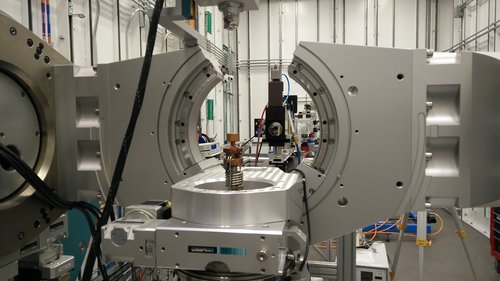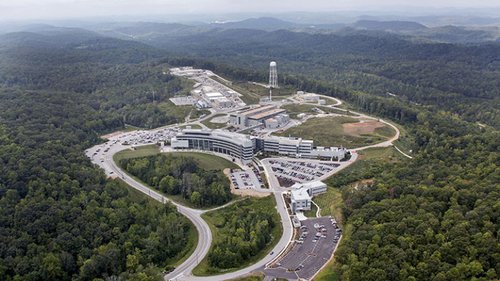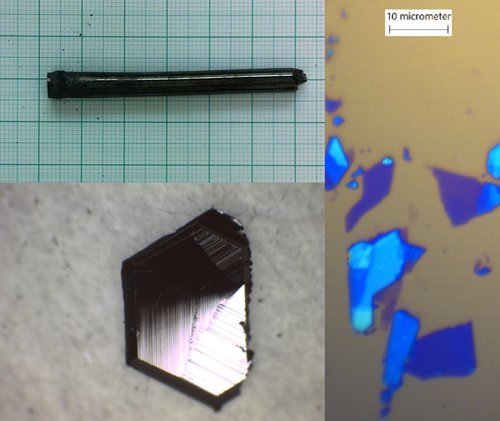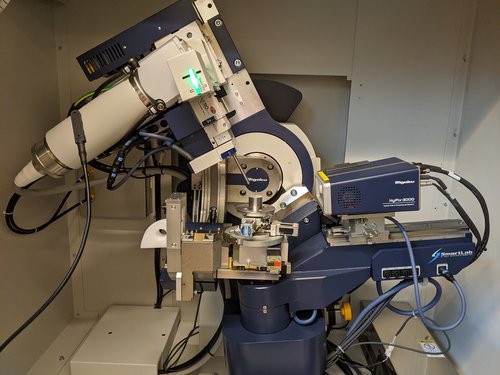
Since the discovery of x-rays by Röntgen more than 100 years ago, x-ray diffraction has been one of the most important scientific tools for elucidating crystal structure of materials. This is evident in more than a dozen Nobel prizes awarded to the works using x-rays. Over the past three decades, synchrotron based x-ray sources have revolutionized the field of x-ray spectroscopy and diffraction, due to the tunability and high brightness of such sources. We carry out our x-ray scattering experiments at various synchrotron facilities, such as Advanced Photon Source (APS), National Synchrotron Light Source (NSLS-II), and Canadian Light Source (CLS). The photo is the ISR beamline at the NSLS-II. For general resources, see lightsources.org.

It is widely recognized that neutron scattering is one of the most powerful microscopic probes of magnetism in condensed matter systems. In particular, its capability to study spin dynamics and critical fluctuations is unparalleled, making it an indispensable probe of quantum magnetism and unconventional superconductivity. We carry out our neutron scattering experiments at various facilities around the world, including Spallation Neutron Source in Oak Ridge, Tennessee, which is the brightest neutron source in the world (See the photo).

Materials synthesis is an important aspect of our research. We would like to grow large high-quality single crystals for our neutron and x-ray scattering experiments. Also, we carry out exploratory investigation to search for materials with novel properties, such as superconductivity and highly efficient thermoelectrics. We have a full suite of materials synthesis facilities including many tube and box furnaces. We also have a high-pressure gas environment furnace for oxide annealing. We have an optical image furnace for floating-zone crystal growth. Some examples of single crystals as well as thin 2D materials obtained by mechanical exfoliation are shown in the photo. Physical properties of these samples are characterized with Quantum Design MPMS and PPMS systems.

In 2019, we were awarded funding to acquire equipment to carry out in-house x-ray diffraction and spectroscopy studies of materials. These include the new x-ray emission/absorption spectrometers from easyXAFS as well as Rigaku Smartlab (pictured). These instruments will enable us to measure temperature dependence of lattice structure with high precision and also obtain preliminary x-ray absorption spectra over wide energy ranges. We also have a Huber 4-circle x-ray diffractometer with SPEC control software and a closed-cycle cryostat.
